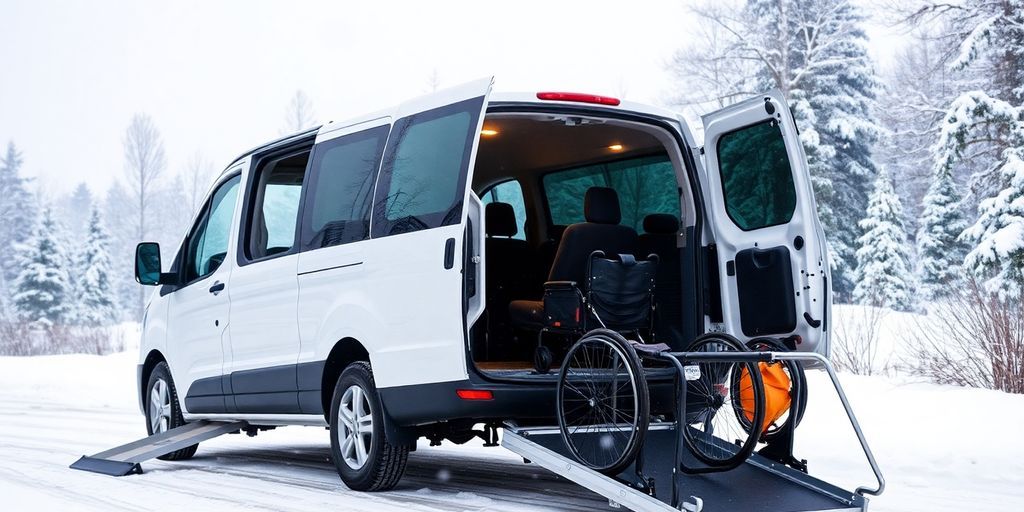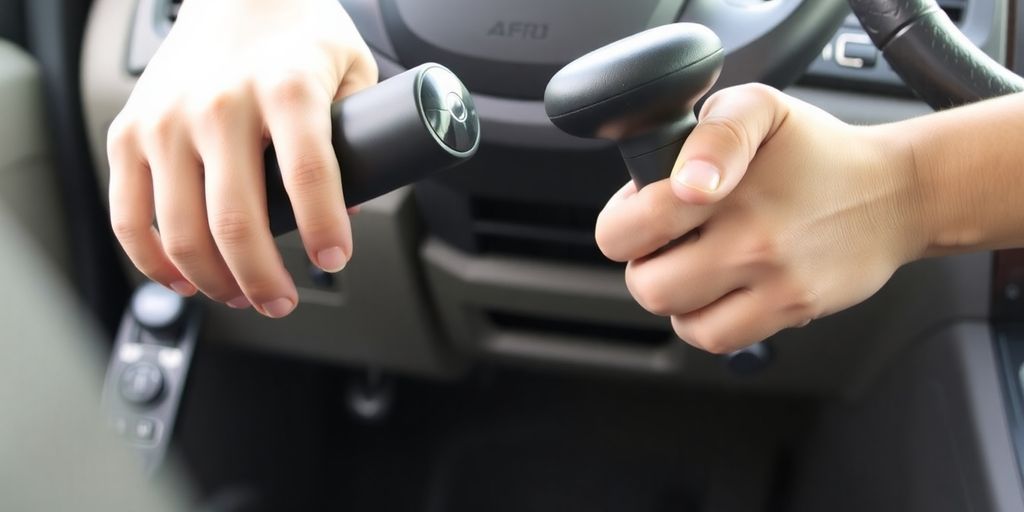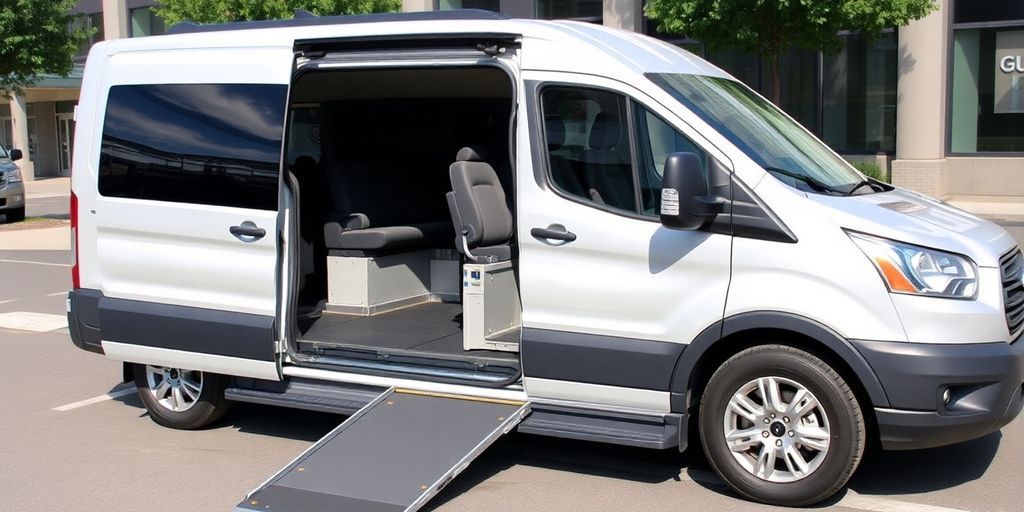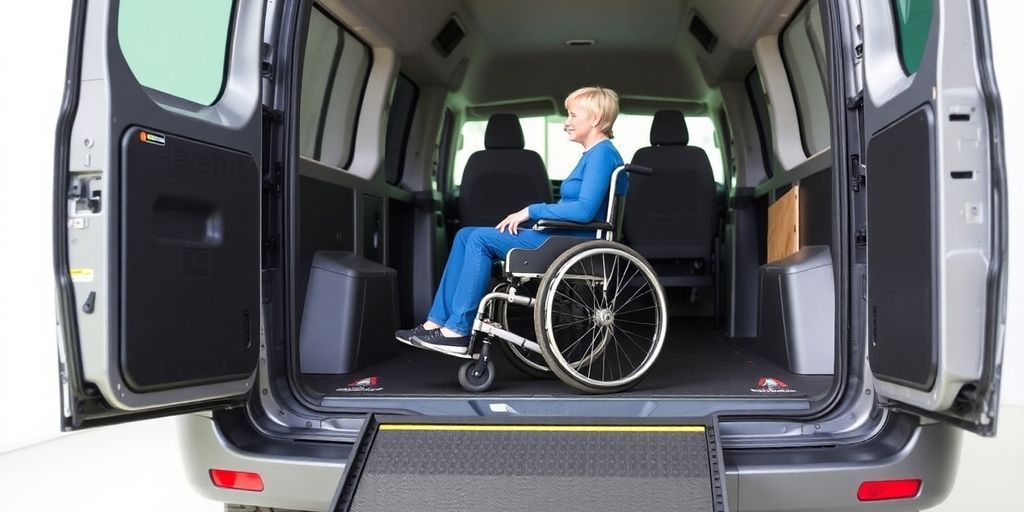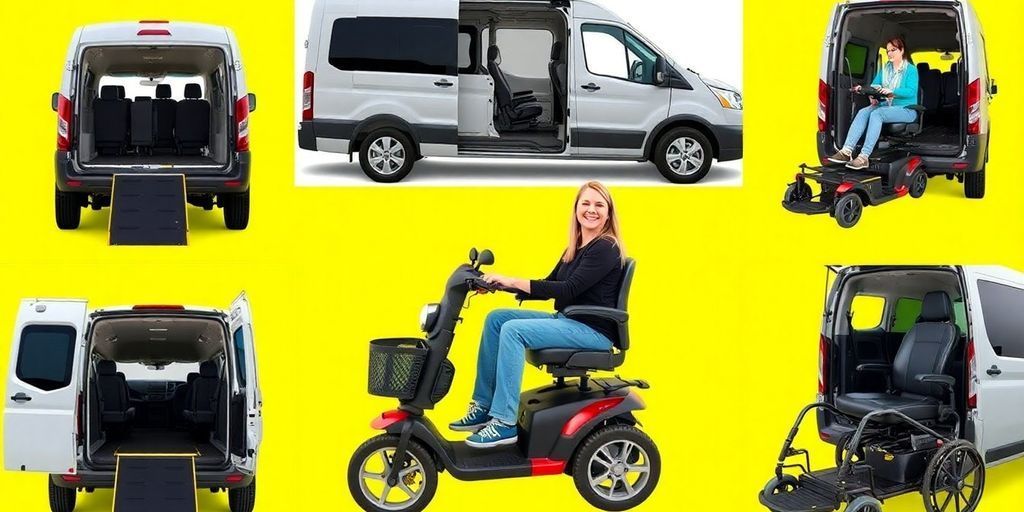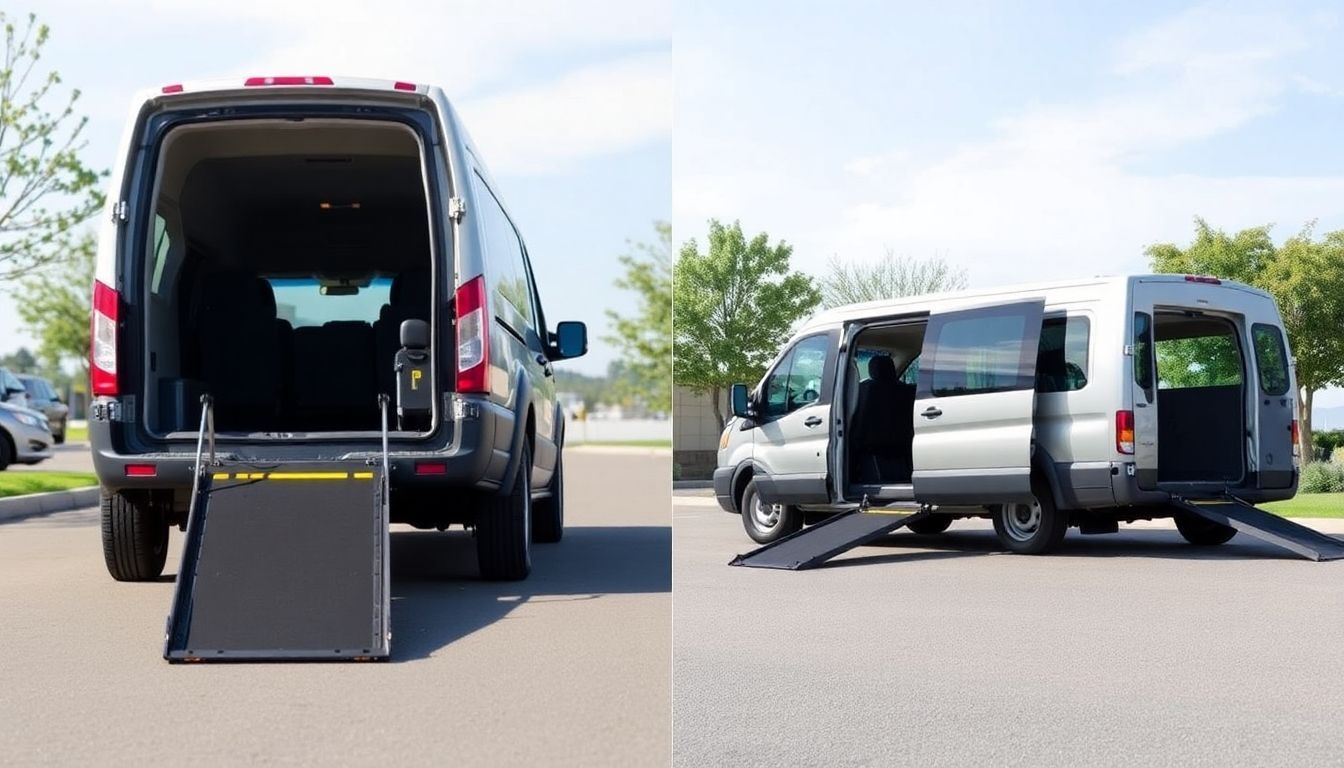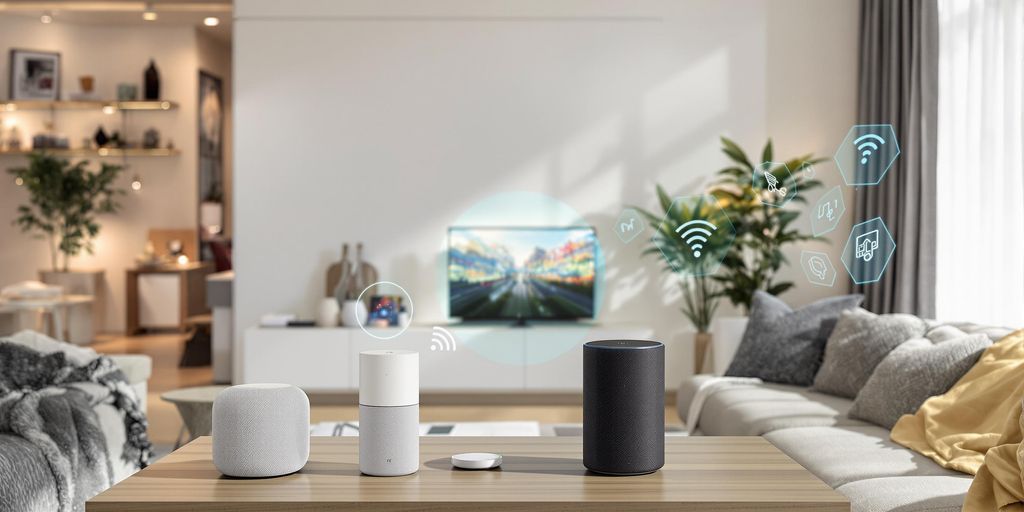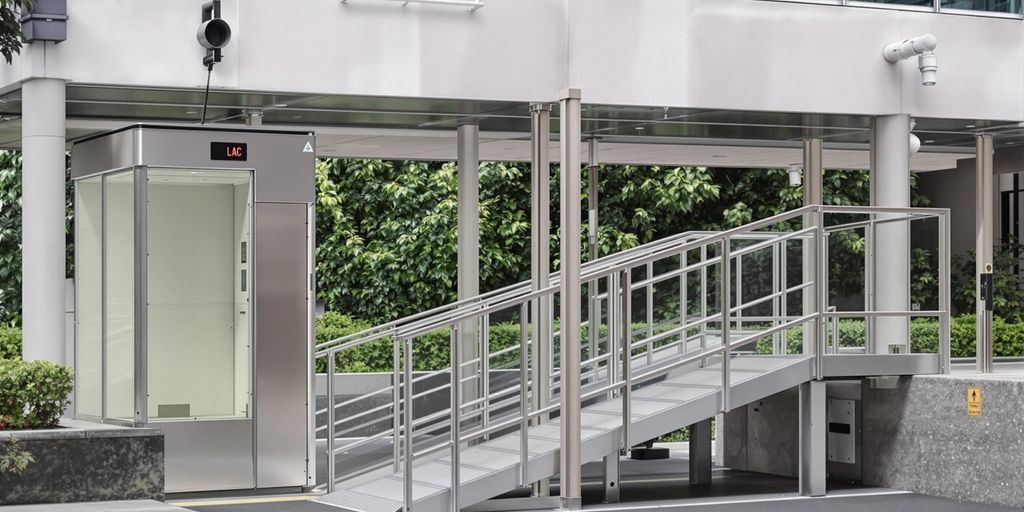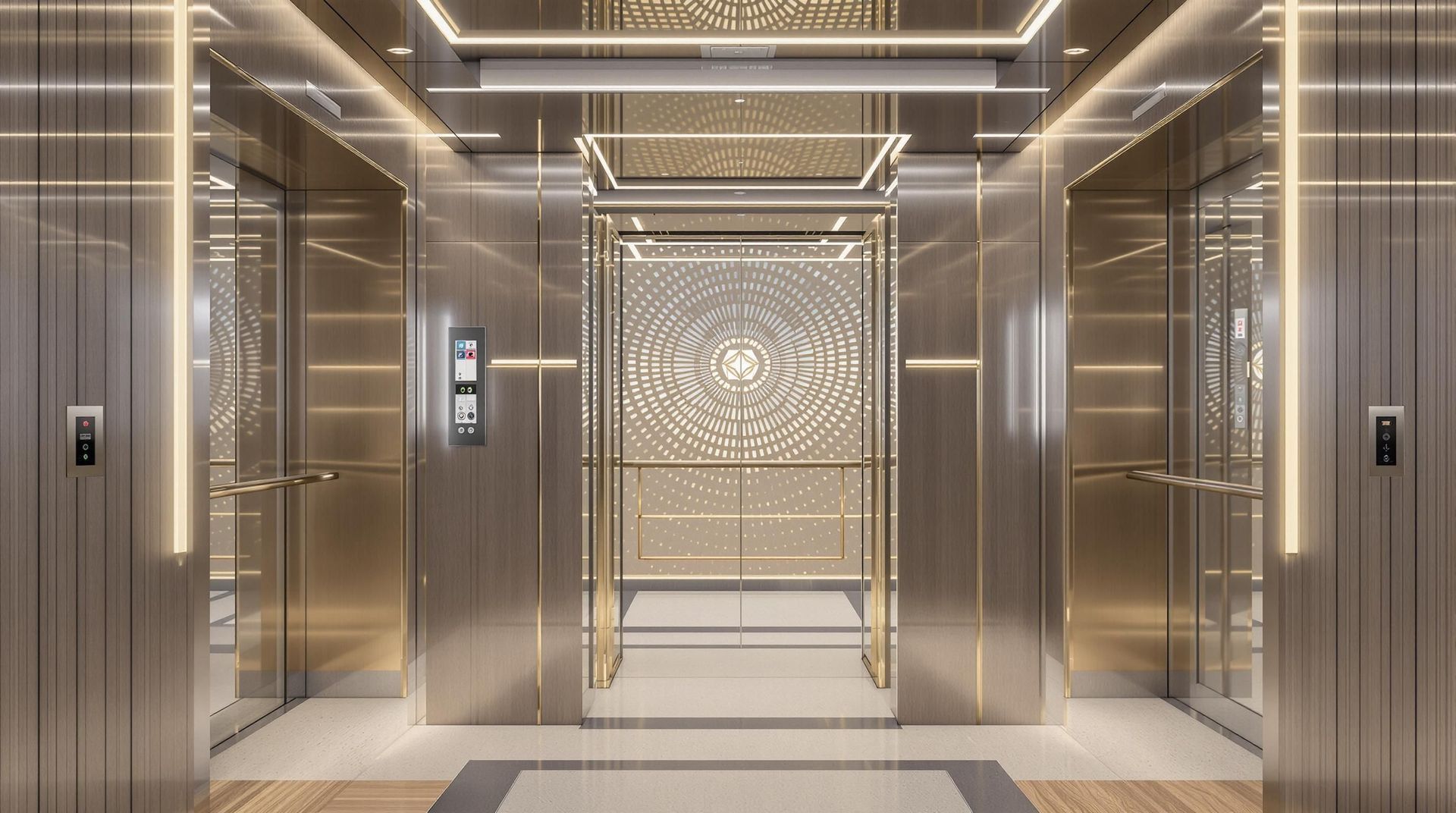Stair Lifts vs. Platform Lifts: What’s the Best Solution for Your Home?
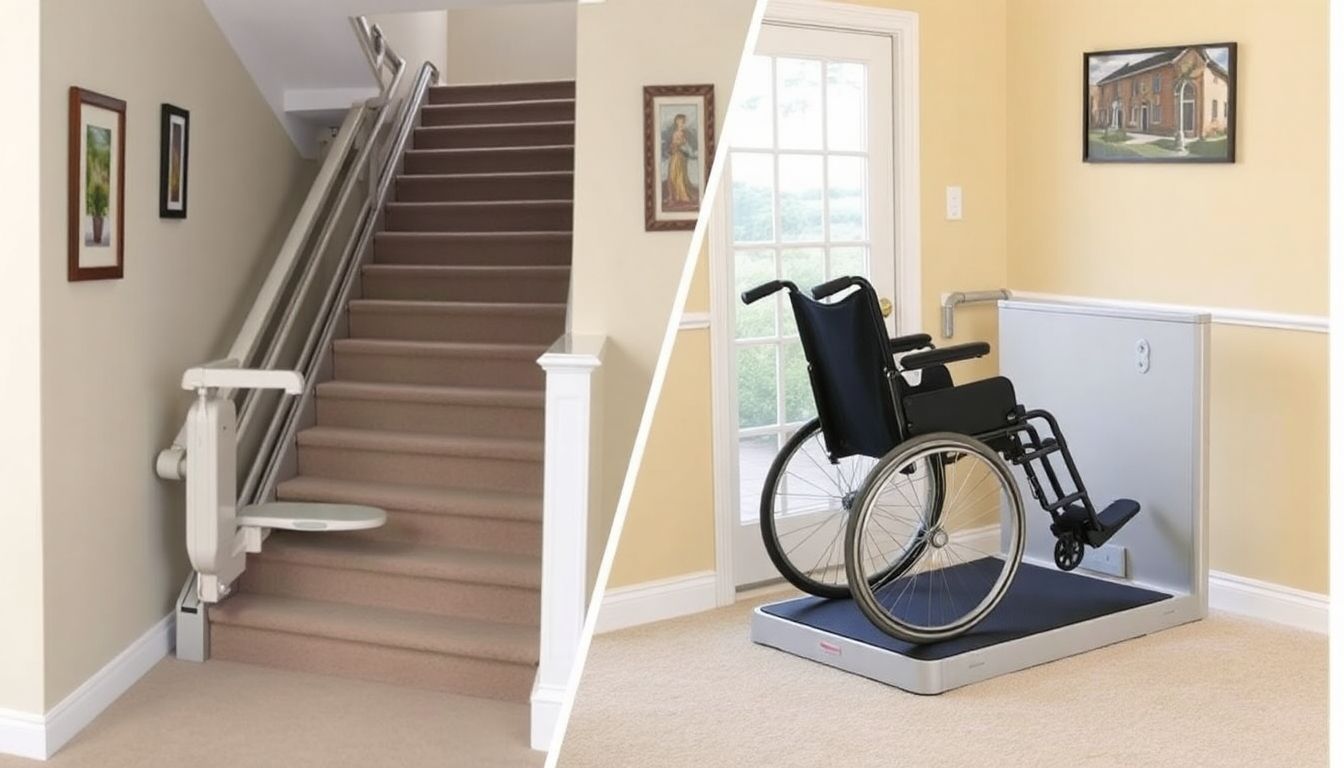
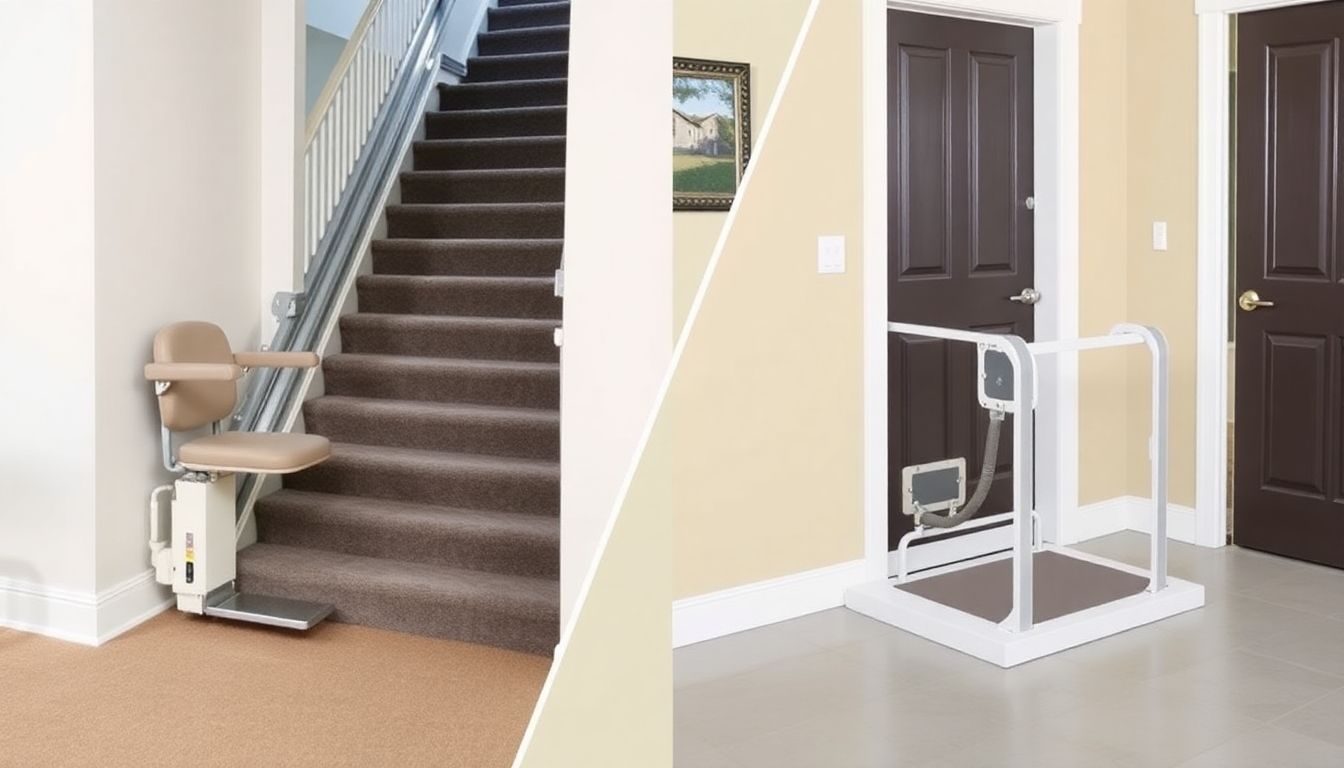
When it comes to mobility solutions for your home, choosing the right lift can make a huge difference in comfort and accessibility. Whether you or a loved one struggles with stairs, it's important to weigh the options carefully. Stair lifts and platform lifts are two popular choices, each with their own benefits and drawbacks. In this article, we’ll break down what each type of lift offers, helping you find the best home lifts for mobility that suit your needs.
Key Takeaways
- Stair lifts are ideal for those who can transfer from a wheelchair or have limited mobility but can still sit and stand.
- Platform lifts allow wheelchair users to remain in their chair while moving between floors, offering greater independence.
- Cost and installation vary significantly between stair lifts and platform lifts, with stair lifts generally being more affordable.
- Safety features and regular maintenance are crucial for both types of lifts to ensure long-term reliability.
- Consulting with mobility professionals can help you assess your specific needs and determine the best home lift for your situation.
Understanding Mobility Solutions
Overview of Mobility Challenges
Mobility challenges can really throw a wrench into daily life. For many, it's not just about getting from point A to point B; it's about maintaining independence and quality of life. Arthritis, affecting millions of Americans, is a major factor, and the numbers are only expected to rise. Understanding the range of mobility issues is the first step in finding the right solution. It's not just about age either; injuries, disabilities, and other health conditions can all impact someone's ability to move around their home safely and comfortably.
Importance of Choosing the Right Lift
Choosing the right lift is a bigger deal than you might think. It's not just about convenience; it's about safety, comfort, and maintaining independence. A poorly chosen lift can be difficult to use, unsafe, or just not meet the user's needs. The right lift, on the other hand, can make a huge difference in someone's life, allowing them to stay in their home and maintain their independence.
Here's why it matters:
- Safety: Prevents falls and injuries.
- Independence: Allows users to move freely without assistance.
- Comfort: Makes getting around the home easier and more enjoyable.
Selecting the correct mobility solution is paramount. It directly influences the user's ability to navigate their home with ease and confidence, impacting their overall well-being and independence.
Factors to Consider for Home Lifts
Okay, so you know you need a lift, but where do you even start? There are a ton of factors to consider, and it can feel overwhelming. Here are a few key things to think about:
- User's Mobility Level: Can they walk with assistance? Do they use a wheelchair? This will determine the type of lift that's most appropriate.
- Staircase Configuration: Is it straight, curved, or does it have landings? This will impact the type of stairlift that can be installed.
- Home Structure: Can the home support the installation of a lift? Are there any structural modifications needed?
- Budget: Lifts can range in price, so it's important to set a budget and find a solution that fits. Consider the cost of installation too.
- Future Needs: Will the user's needs change over time? It's important to consider future needs when choosing a lift.
Exploring Stair Lifts
What Are Stair Lifts?
Stair lifts, often called chairlifts, are designed to help people who find it difficult to use stairs. They're basically a motorized chair that moves along a track. The track is attached to your stairs, and the chair carries you up or down. There are two main types: straight stair lifts for stairs that go directly up or down, and curved stair lifts for stairs with turns or landings. They can be a great solution for maintaining independence at home.
Benefits of Stair Lifts
Stair lifts offer several advantages for those with mobility issues.
- They're generally more affordable than platform lifts or home elevators.
- Installation is usually quick and easy, especially for straight staircases.
- They take up minimal space on the staircase, allowing others to use the stairs as well.
- They can be operated even during a power outage because they are battery-operated.
Stair lifts can significantly improve the quality of life for individuals who struggle with stairs, allowing them to stay in their homes and maintain their independence.
Limitations of Stair Lifts
While stair lifts are a helpful solution, they do have some limitations.
- They aren't suitable for individuals who use wheelchairs, as users need to be able to transfer to the chair.
- They can take up some staircase space, which might be a concern in smaller homes.
- The location options can be limited depending on the staircase layout.
- Stair lifts can be difficult to conceal when not in use.
Examining Platform Lifts
What Are Platform Lifts?
Platform lifts, sometimes called porch lifts, are designed to help people move between different levels while remaining in their wheelchair or scooter. Unlike stair lifts, which require users to transfer out of their mobility device, platform lifts offer a direct solution for wheelchair users. There are two main types:
- Vertical Platform Lifts (VPLs): These lifts move straight up and down, similar to a miniature elevator. They consist of a platform enclosed on two sides, attached to a lift tower.
- Incline Platform Lifts (IPLs): These lifts travel along a staircase, carrying the wheelchair and user up the existing steps. Note that incline platform lifts typically only accommodate manual wheelchairs.
Advantages of Platform Lifts
Platform lifts offer several key benefits, especially for individuals who use wheelchairs or scooters. The most significant advantage is the ability to remain in your mobility device while moving between floors. This eliminates the need for potentially difficult or unsafe transfers. Other advantages include:
- Accessibility: Platform lifts provide a straightforward accessibility solution for wheelchair users, making it easier to access different levels of a home.
- Independence: Users can operate the lift independently, increasing their autonomy and reducing reliance on others for assistance.
- Versatility: Platform lifts can be installed in various locations, including homes, businesses, and public spaces.
Platform lifts are a great option for those who need to access raised decks or porches. They provide a safe and convenient way to overcome vertical barriers without the need for extensive renovations.
Disadvantages of Platform Lifts
While platform lifts offer many advantages, there are also some potential drawbacks to consider. One common concern is the space they require. Platform lifts generally take up more room than stair lifts, which can be an issue in smaller homes. Other disadvantages include:
- Cost: Platform lifts can be more expensive than stair lifts, both in terms of initial purchase price and installation costs.
- Installation: Installation may require modifications to the home's structure, such as reinforcing walls or creating a level landing area. Consider home lifts for elderly care.
- Aesthetics: Some people find platform lifts to be less aesthetically pleasing than other mobility solutions, as they can be quite visible and may not blend seamlessly with the home's decor.
Comparing Cost and Installation
Cost Analysis of Stair Lifts vs. Platform Lifts
When you're trying to figure out the best way to make your home more accessible, cost is a big deal. Stair lifts generally come in cheaper than platform lifts. This is because they're simpler in design and installation. Stairlift costs can vary quite a bit depending on if you need a straight or curved rail, and what extra features you want. Platform lifts, since they can handle wheelchairs and require more structural work, usually have a higher price tag.
It's important to get quotes from several different companies. Prices can change a lot, and you want to make sure you're getting a fair deal. Don't forget to ask about financing options or any available grants or rebates that could help lower the cost.
Installation Requirements for Each Lift
Installing a stair lift is usually pretty straightforward. For a straight staircase, it can often be done in a day. The installer attaches a rail to the steps, and the chair runs along that. Curved staircases need custom rails, which takes more time and money. Platform lifts are more involved. They might need changes to your home's structure, like widening doorways or reinforcing floors. This can mean getting permits and hiring contractors, which adds to the overall project time and expense.
Long-Term Maintenance Considerations
After you get your lift installed, you'll need to think about keeping it running smoothly. Here are some things to keep in mind:
- Regular servicing: Both stair lifts and platform lifts need regular check-ups to make sure everything's working right. This can help catch small problems before they turn into big, expensive ones.
- Battery replacement: Many lifts use batteries, especially as a backup in case of a power outage. These batteries will need to be replaced every few years.
- Repair costs: Like any machine, lifts can break down. It's a good idea to factor in potential repair costs when you're budgeting for a lift. Consider a service contract to cover potential issues.
User Experience and Accessibility
Ease of Use for Stair Lifts
Stair lifts are generally designed with simplicity in mind. Most models feature intuitive controls, like a simple up/down switch or a joystick. This makes them easy to operate, even for individuals with limited dexterity. The seat is usually comfortable and swivels to allow for easy entry and exit.
- Simple controls
- Comfortable seating
- Easy swivel for entry/exit
However, some users might find it difficult to manage the seatbelt or footrest, especially if they have significant mobility issues in their hands or legs. It's important to consider these factors when choosing a stair lift.
User Experience with Platform Lifts
Platform lifts, also known as vertical platform lifts, offer a different user experience. They are designed to accommodate wheelchairs and scooters, providing a stable and spacious platform for transportation between levels. The controls are typically straightforward, with buttons for each floor and safety features to prevent accidents.
- Accommodates wheelchairs and scooters
- Spacious platform
- Safety features
Accessibility Features to Consider
When choosing between a stair lift and a platform lift, accessibility is key. Think about the specific needs of the user. Does the user need to transport a wheelchair? Are there any cognitive impairments that might affect their ability to operate the lift safely? Consider these points:
- Weight capacity: Ensure the lift can handle the user's weight and any mobility devices.
- Control placement: Make sure the controls are easy to reach and operate.
- Safety features: Look for features like emergency stop buttons and obstacle sensors.
It's also a good idea to consult with an occupational therapist or home access specialist to assess the user's needs and recommend the best solution.
Safety Features in Home Lifts
Safety Mechanisms in Stair Lifts
Stair lifts come equipped with a range of safety features designed to protect the user. These mechanisms are in place to prevent accidents and ensure a smooth, secure ride.
- Seatbelts are standard, keeping the user securely in place during operation.
- Obstacle sensors will immediately stop the lift if anything is detected in its path.
- Many models include a swivel seat, making it easier and safer to get on and off the lift at the top landing.
Safety Features in Platform Lifts
Platform lifts, designed for wheelchair users, prioritize safety with features tailored to their specific needs. These lifts often include higher weight capacities and larger platforms to accommodate various wheelchair sizes. Platform lifts are a great option for those who need them.
- Safety barriers or gates prevent the wheelchair from rolling off the platform during operation.
- Emergency stop buttons are readily accessible, allowing the user to halt the lift immediately if needed.
- Non-slip surfaces on the platform provide added security, especially in wet or humid conditions.
Platform lifts are designed with safety in mind, but it's important to remember that regular maintenance and inspections are key to ensuring continued safe operation. Always follow the manufacturer's guidelines and address any concerns promptly.
Importance of Regular Safety Checks
Regular safety checks are essential for both stair lifts and platform lifts. These checks help identify potential issues before they become major problems, ensuring the lift continues to operate safely and reliably.
- Schedule professional inspections at least annually.
- Visually inspect the lift regularly for any signs of wear and tear, such as frayed cables or loose bolts.
- Test all safety features, including seatbelts, obstacle sensors, and emergency stop buttons, to ensure they are functioning correctly.
Making the Right Choice for Your Home
Assessing Your Mobility Needs
Before you jump into buying anything, take a good, hard look at what you really need. What kind of mobility challenges are you facing? Is it just getting up and down the stairs, or do you need to move a wheelchair between floors? Understanding the specifics of your situation is the first and most important step.
- Consider the current level of mobility and potential future changes.
- Think about the physical space available in your home.
- Evaluate the user's ability to operate the lift safely and comfortably.
Consulting with Professionals
Don't go it alone! Talking to experts can make a huge difference. A qualified dealer can assess your home, discuss your needs, and help you figure out the best solution. They can also answer all those tricky questions you didn't even know you had. For example, they can help you determine if platform stairlifts are the right choice for your home.
Getting professional advice is not just about buying a product; it's about ensuring safety, comfort, and long-term satisfaction. They can also help with installation and maintenance, which are crucial for the lifespan of your lift.
Final Considerations for Best Home Lifts for Mobility
Okay, you've thought about your needs and talked to the pros. Now, it's time to weigh everything and make a decision. Think about the cost, the installation process, and how easy it will be to use the lift every day. Also, consider how well the lift will fit into your home's design. You can even customize them to fit into your home design and décor. The goal is to find a solution that not only meets your mobility needs but also enhances your quality of life.
- Consider long-term maintenance costs.
- Think about the resale value of your home.
- Ensure the lift meets all safety standards and regulations.
Choosing the best options for your home can be tough. It’s important to think about what fits your needs and style. Don’t rush; take your time to explore different choices. For more tips and ideas, visit our website and discover how to make your home truly yours!
Final Thoughts on Choosing Between Stair Lifts and Platform Lifts
In the end, picking between a stair lift and a platform lift really comes down to your specific needs and situation. If you or a loved one can still get in and out of a chair easily, a stair lift might be the way to go. They’re usually cheaper and take up less space. But if you need to stay in a wheelchair or scooter, then a platform lift is definitely the better choice. It keeps you in your chair and gives you more freedom. Think about how each option fits into your home and lifestyle. Don’t hesitate to reach out to professionals who can help you figure out what’s best for you. Whatever you choose, the goal is to make life easier and safer at home.
Frequently Asked Questions
What is the main difference between stair lifts and platform lifts?
Stair lifts are designed for people who can sit down and are often used on stairs. Platform lifts are for people who need to stay in their wheelchair or scooter.
Are stair lifts safe to use?
Yes, stair lifts come with safety features like seat belts and sensors to stop if something is in the way.
Can platform lifts be installed outside?
Yes, many platform lifts are made for outdoor use, especially for accessing porches and decks.
How much do stair lifts typically cost?
Stair lifts usually cost between $2,000 and $5,000, depending on the type and installation needs.
Do I need to modify my home to install a platform lift?
Platform lifts can often be installed without major changes to your home, but some adjustments may be needed.
How do I know which lift is best for me?
It's important to think about your mobility needs and consult with a professional who can help you decide.
First Responders & Military Discount + VA Approved
PRODUCTS AND SERVICES
North Georgia Mobility | All Rights Reserved | Powered By Flypaper | Privacy Policy

